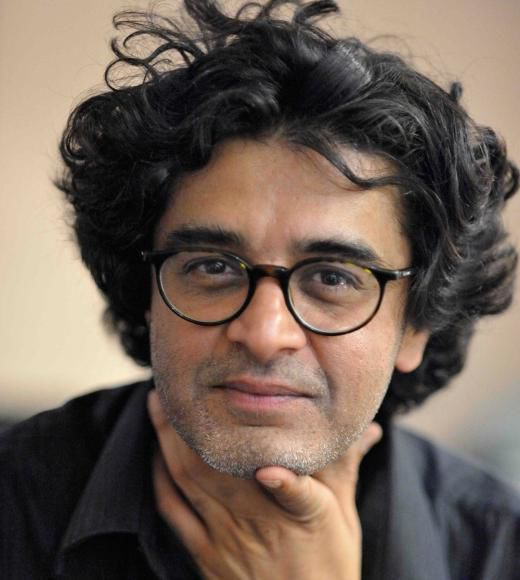Mixing Water, Transducing Energy, Shaping Membranes: Far from Equilibrium Biological Interfaces
- Location
- Biosciences Room 301
- Dates
- Thursday 21 March 2019 (15:00-16:00)

A solute – excluded from or confined within a spatial “compartment” embedded in an aqueous continuum – creates a gradient in the chemical activity of water. This in turn prompts a directed flow of water pushing it into the solute-laden compartment and out of the solute-starved one, resulting in the gain in solute entropy and dissipation of the chemical energy of the concentration gradient. This universal, non-specific entropic force or “osmotic pressure” acting at the semipermeable boundary of a compartment has profound ramifications for a living cell. To deal with any sudden changes in the amounts of dissolved molecules in water, membrane interfaces of free-living cells have evolved complex molecular machinaries (e.g., mechanosensitive channels), which allows them to dissipate the osmotic stress. But how might primitive cells near the dawn of life on Earth – lacking advanced biochemical or genetic capabilities and composed essentially of simple amphiphiles– have responded to such environmental assaults?
Drawing from recent experiments in our labs employing simple models for the cellular chassis (i.e., giant vesicles composed of amphiphilic lipids), this talk considers how the osmotic activity of water is transduced across cell-like compartments. It highlights how water activity and accompanying dissipation of osmotic energy couples with the compartmental boundary, mechanically remodeling the membrane shape, spatially reorganizing membrane components, and dynamically inducing liquid-liquid phase separation within the intravesicular milieu. Comparing these processes as elemental events in the homeostatic working of a living cell, these findings support the idea that water is not a mere solvent for life – a blank canvas on which biomolecules become animated – but an active, energy-consuming medium that guides organization and dynamics of biomolecules in complex, subtle and essential ways.